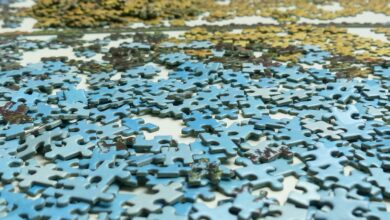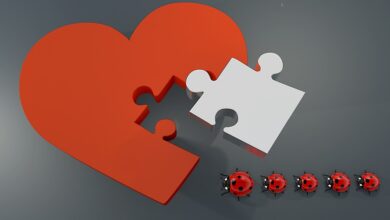How Puzzle Games Can Reduce Stress and Increase Relaxation

When we are stressed, our bodies activate what’s known as the “fight or flight” response, which can lead to physical symptoms such as increased heart rate, shallow breathing, and muscle tension. Playing puzzle games allows us to shift our focus away from our stressors and onto solving problems, which can help calm our nerves and reduce these physical symptoms.
Not only do puzzle games distract us from stress, but they can also promote a sense of achievement and control. When we successfully complete a puzzle, we experience a rush of dopamine – a “feel good” neurochemical – which can improve our mood and make us feel more in control of our circumstances.
Puzzle games also require a certain level of concentration, which can help quiet our minds and reduce racing thoughts and worries. As we become absorbed in solving a puzzle, we enter a state of “flow”, which is characterized by a sense of deep focus and enjoyment. This state is similar to that achieved during meditation and can lead to feelings of calm and relaxation.
Furthermore, puzzle games can be played alone or with others, making them a versatile form of stress relief. Playing with others can also provide social support and foster a sense of community, which can counteract the isolation and loneliness that often accompany stress.
In short, puzzle games offer many benefits when it comes to reducing stress and increasing relaxation. Whether played alone or with others, puzzle games can help divert our attention away from our worries, promote feelings of achievement and control, quiet our minds, and promote a sense of community. So the next time you find yourself feeling stressed out, why not pick up a puzzle and see what it can do for you?





